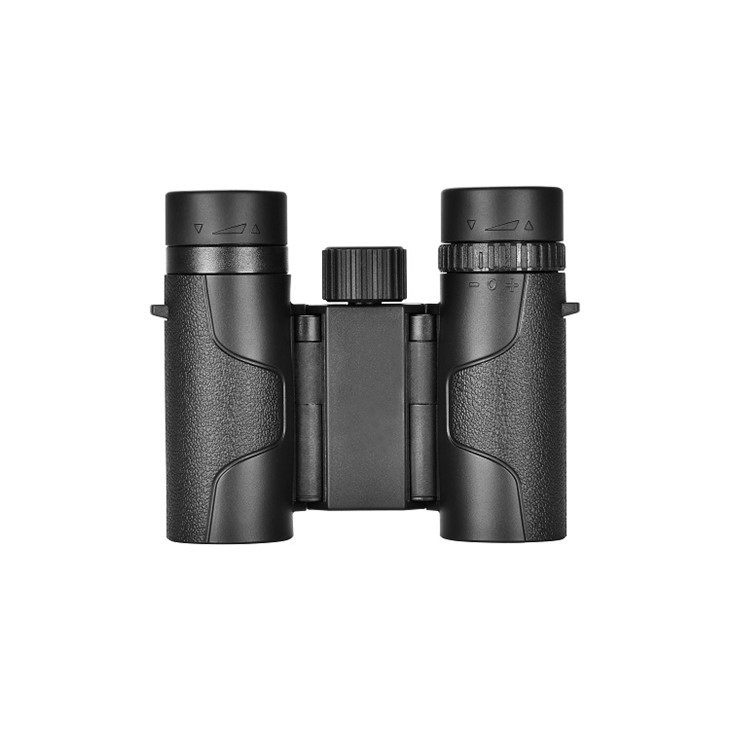Specification
|
Magnification |
8X |
|
Objective Diameter(mm) |
21mm |
|
Lens Coating |
FMC |
|
Type of Prism |
BK7 |
|
Eyepiece Diameter(mm) |
15.5mm |
|
Objective Diameter(mm) |
21mm |
|
Field of View |
7.2 degree |
|
Exit Pupil Diameter(mm) |
2.6mm |
|
Exit Pupil Distance(mm) |
9.5mm |
Why do we choose Rubber Binoculars?
1.Durability:
Rubber binoculars are generally more durable than those without a rubber coating. The rubber layer provides added protection against accidental drops, bumps, and other impacts. This makes them suitable for outdoor activities where the binoculars may be exposed to rough conditions or occasional mishandling.
2.Grip and Comfort:
The rubber coating on binoculars improves the grip, making them easier and more comfortable to hold. This is especially beneficial when using binoculars for extended periods or in wet or slippery conditions. The rubberized surface prevents the binoculars from slipping out of your hands, providing a secure and comfortable grip.
3.Weather Resistance:
Rubber binoculars often offer better weather resistance compared to non-rubberized models. The rubber coating helps to seal the binoculars and protect them from moisture, dust, and other environmental elements. This makes them suitable for outdoor activities, such as camping, hiking, or boating, where the weather conditions can be unpredictable.
4.Noise Reduction:
Rubber-coated binoculars can help reduce noise caused by friction between the binoculars and other objects. This can be particularly advantageous for wildlife observation or birdwatching, where any sudden noise could startle the subjects being observed.
5.Aesthetics:
Some people simply prefer the look and feel of rubber-coated binoculars. The rubberized exterior can give the binoculars a sleek and modern appearance, and the soft-touch surface feels pleasant to the touch.
How to choose Rubber Binoculars ?
1.Focus Mechanism:
Pay attention to the focus mechanism of the binoculars. Some models have a central focus knob, while others have individual focus adjustments for each eyepiece. Decide which type of focus mechanism you prefer based on your intended use. Central focus is more convenient for general-purpose use, while individual focus allows for precise adjustments and is suitable for specific applications like astronomy.
2.Exit Pupil and Twilight Factor:
The exit pupil refers to the diameter of the beam of light that reaches your eyes through the binoculars. A larger exit pupil provides a brighter image, which is particularly useful in low-light conditions. To calculate the exit pupil, divide the objective lens size by the magnification. Additionally, the twilight factor considers both the magnification and objective lens size to determine the binoculars' performance in low-light situations. Higher twilight factor values indicate better performance in low-light conditions.
3.Eye Relief:
Eye relief refers to the distance between the eyepiece and your eyes when you can still see the entire field of view. If you wear glasses, look for rubber binoculars with long eye relief to ensure that you can comfortably view the entire image without straining your eyes or removing your glasses.
4.Weight and Size:
Consider the weight and size of the binoculars, especially if you plan to carry them for extended periods or during outdoor activities. Lighter and more compact models are generally more portable but may sacrifice some optical performance. Heavier binoculars may offer better stability but can be cumbersome to carry around.
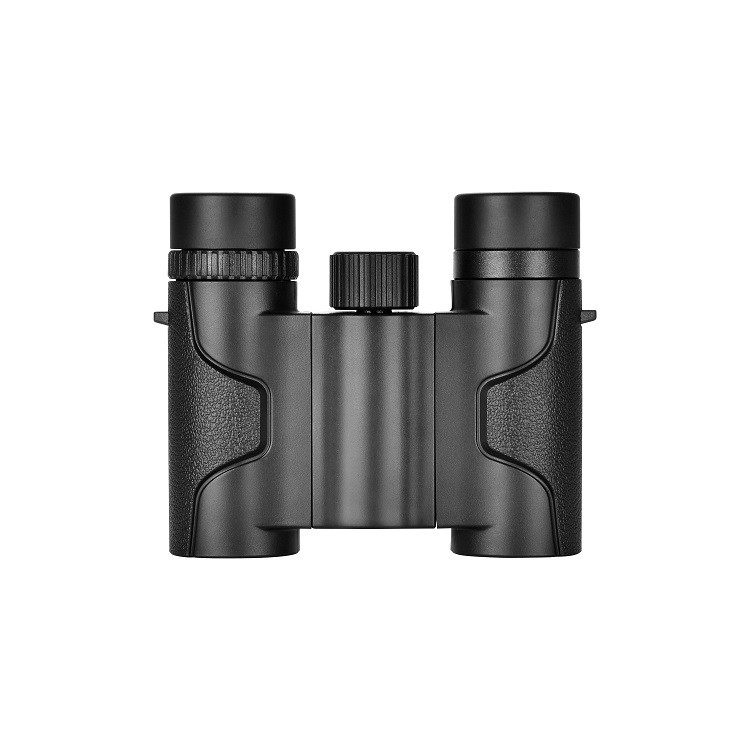
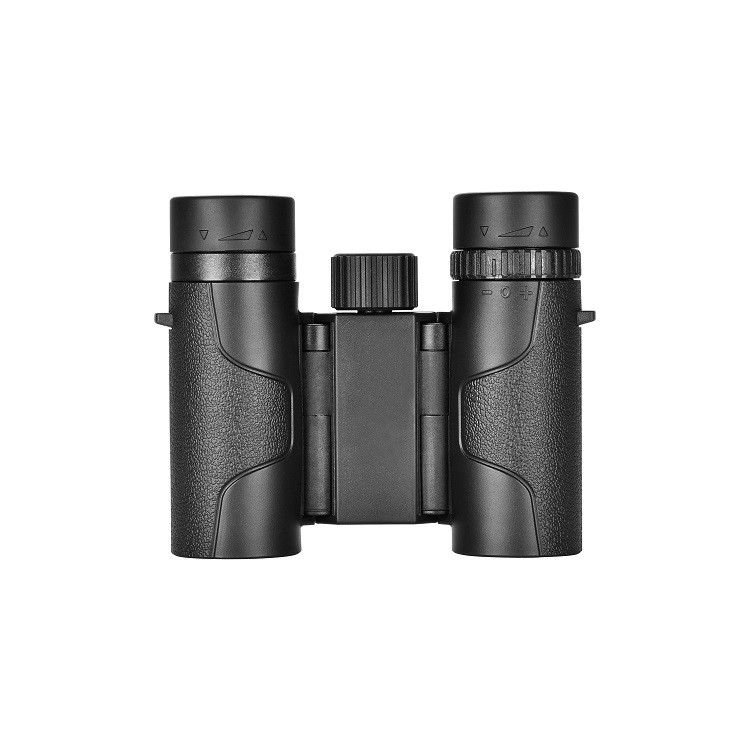
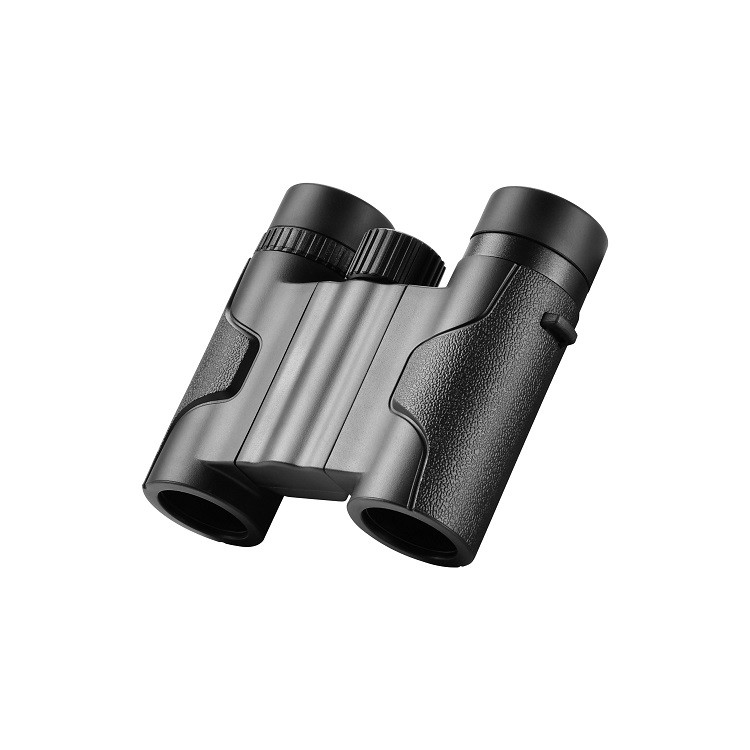

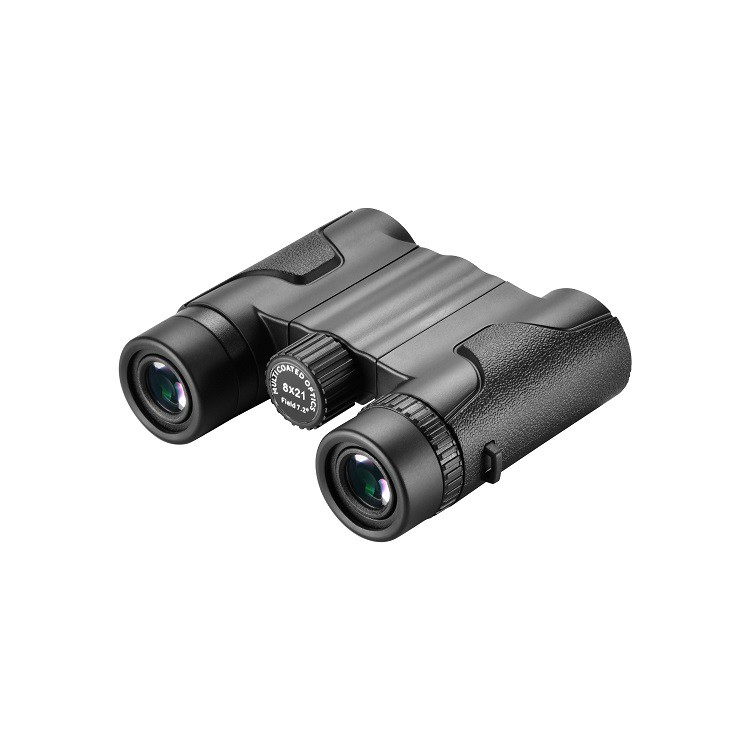
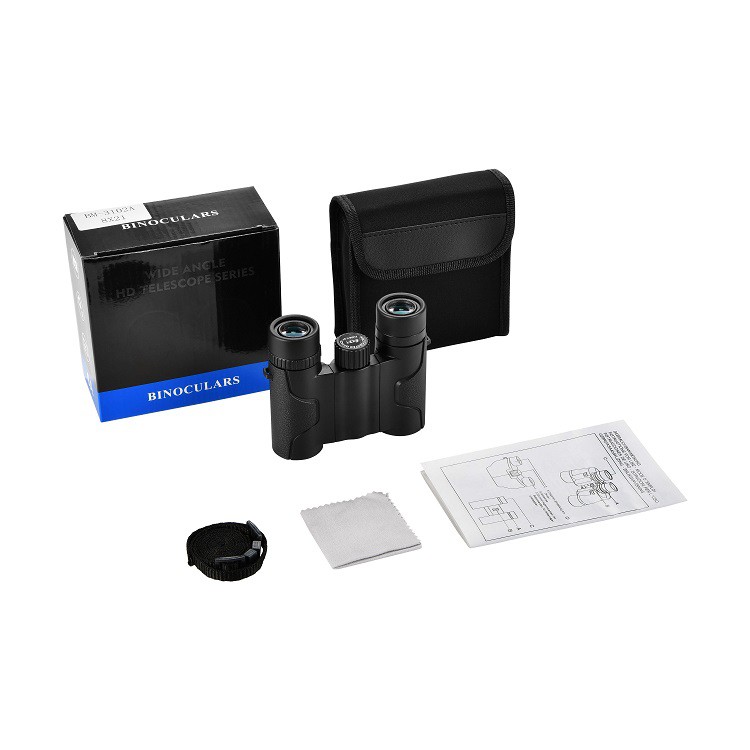
Hot Tags: rubber binoculars, China rubber binoculars manufacturers, suppliers, factory, Digital Magnifier, 8X42 Binoculars for Birding, Lightweight Binoculars for Birdwatching, 80mm Refractor Telescope, Hunting Rifle Scopes, Astronomical Reflector Telescope







